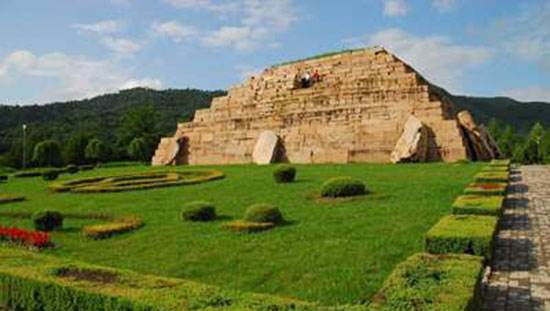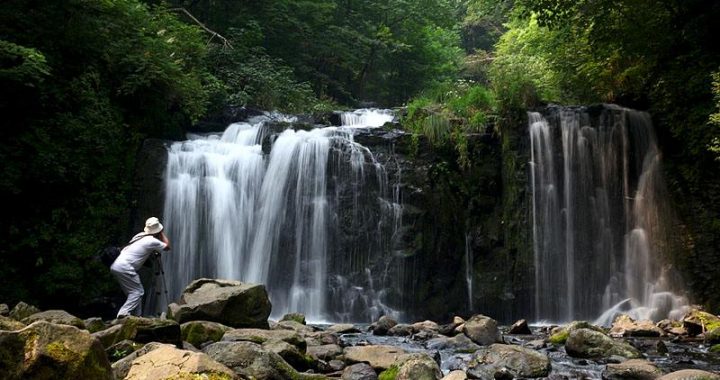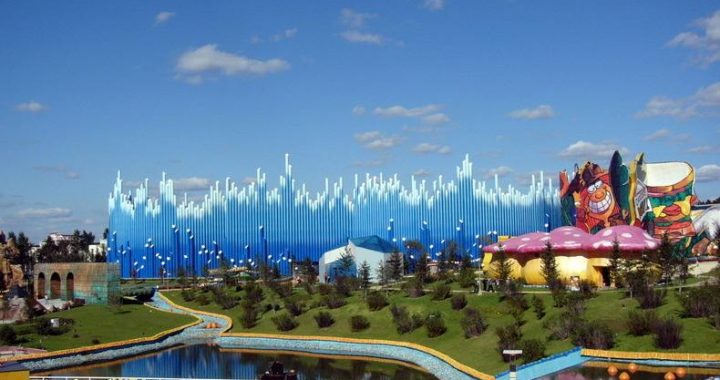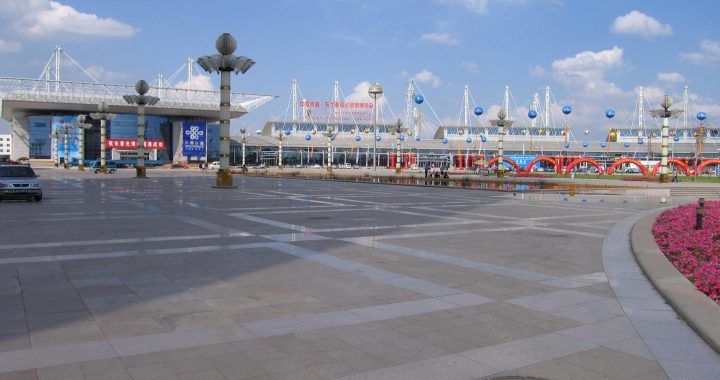The History of Changchun
2 min readChangchun is a new city with only about 200 years of history.Changchun started as a minor trading town.In the year of 1800,Emperor Jiaqing of Qing Dynasty selected a small village on the east bank of the Yitong River and named it as “Changchun Ting”,and in the year of 1889,it was promoted as“Changchun Fu”.

It expanded rapidly as the junction of the Japanese-owned South Manchuria Railway and the Russian-owned Chinese Eastern Railway which had different rail gauges,as well as permit licences,from 1905-1935.Changchun had railway repairshops and branch lines originating in Changchun extended into Korea and Inner Mongolia.

In 1932,moving from Jilin city(Kirin city)200 km to the east,Changchun became the capital of Manchukuo,a state in Manchuria led by Pu Yi with the help from Japan,and which existed from 1931 to 1945.Then known as Xinjing(Pinyin),the capital was a wel1-planned city with broad avenues and modern public works.The city underwent rapid expansion in both its economy and infrastructures.

Severely damaged during World War II,it was invaded by the Soviet Red Army in 1945.The Russians maintained a presence in the city after the Chinese civil war until 1956.Kuomintang forces occupied the city in 1946,but were unable to hold the countryside against Chinese Communist forces.The city fell to the communists in 1948 after a 12-month-long siege by the People’s Liberation Army.Renamed Changchun by the People’s Republic of China government,it became the capital of Jilin in1954.From the 1950s,it was designated to become a center for China’s automotiv industry.The famous Red Flag limousines were made in Changchun as were the Liberation(Jiefang)trucks based on a Ford model used in Russia who supplied much of the early manufacturing machinery.
Changchun will host the 2007 Winter Asian Games.





